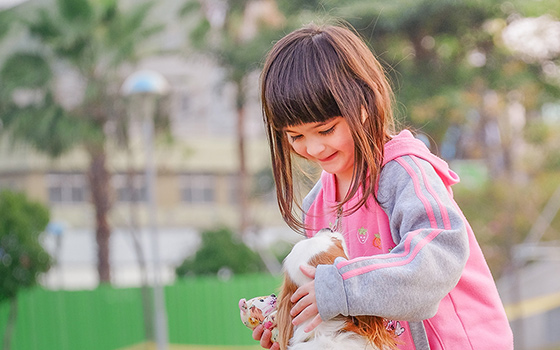Search
Research
The effect of upgrades to childcare outdoor spaces on preschoolers’ physical activity: Findings from a natural experimentThis natural experiment investigated the influence of early childhood education and care outdoor physical environment upgrade on preschoolers' physical activity
Research
Active transport research priorities for AustraliaTo advance active transport, robust policy-relevant evidence is needed to understand how to change behaviour and to support decision-making by policy makers and practitioners. Currently, however, priority research questions that are most critical for advancing active transport have not been identified.
Research
Adherence to Indonesia's Dietary Guidelines Among Lactating Women: Insights for Policy and PracticeThis study investigated adherence to Indonesia's Dietary Guidelines (IDG) among lactating women, examining related factors and association with nutrient intake adequacy, maternal and infant biomarkers, body mass index, and growth. Participants were lactating women (n = 220) from urban and rural West Java, Indonesia. Dietary intake (via 3-day weighed food records), anthropometry and blood samples were assessed. Adherence was evaluated using a scoring system tailored for IDG and adapted from the Healthy Eating Index to assess intake of food groups, sugar, salt, fat, water, coffee, and breakfast habits.
Research
Effects of dog ownership on children’s social-emotional development: findings from the PLAYCE cohort studyDog ownership is common in families with children and could play a role in children's social-emotional development. This study used longitudinal data on dog ownership and changing dog ownership to investigate their effects on young children's social-emotional development.
Research
Residential mobility amongst children and young people in Wales: A longitudinal study using linked administrative recordsChild poverty remains a major global concern and a child's experience of deprivation is heavily shaped by where they live and the stability of their local neighbourhood. This study examines frequencies and patterns of residential mobility in children and young people at a population level using novel geospatial techniques to assess how often their physical environment changes and to identify geographical variations in social mobility.
Research
‘Black Out Rage Gallon’ (aka borg): An investigation of a risky drinking trend on TikTokA 'Black Out Rage Gallon' (borg) is a customised, individual alcoholic beverage popularised on TikTok, whereby half the water in a gallon jug is replaced with alcohol (usually spirits), flavourings, electrolytes and caffeine. We investigated the characteristics and portrayal of the emerging alcohol trend associated with the hashtag descriptor #borg on TikTok.
Research
Commitments to Improve Food Environments in Western Australia: A Review of Local Government Public Health PlansFood environments are significant drivers of obesity and diet-related diseases, making them key targets for interventions that support healthier food choices. The role of Local Government Authorities is pivotal in shaping community food environments.

News & Events
Healthway supports innovative mental health, physical activity research at The KidsThe Kids Research Institute Australia and The University of Western Australia researchers have been awarded more than $1 million in funding from Healthway, for projects to improve the mental health of LGBTQA+ young people, encourage early physical activity in childcare centres and create healthier local environme

Our Child Physical Activity, Health and Development team focuses on improving children’s physical activity levels, health and development. We work to uncover the best environments, policies and programs to facilitate physically active lifestyles for lifelong health and wellbeing.
Research
Dog Ownership, Physical Activity, and Mental Health in Mid-to-Older Aged Adults: Findings From the HABITAT Cohort StudyDog ownership is a potential strategy for maintaining physical activity levels and supporting healthy aging. This study examined longitudinal effects of dog ownership and dog walking on physical activity and mental health in mid-to-older aged adults.
